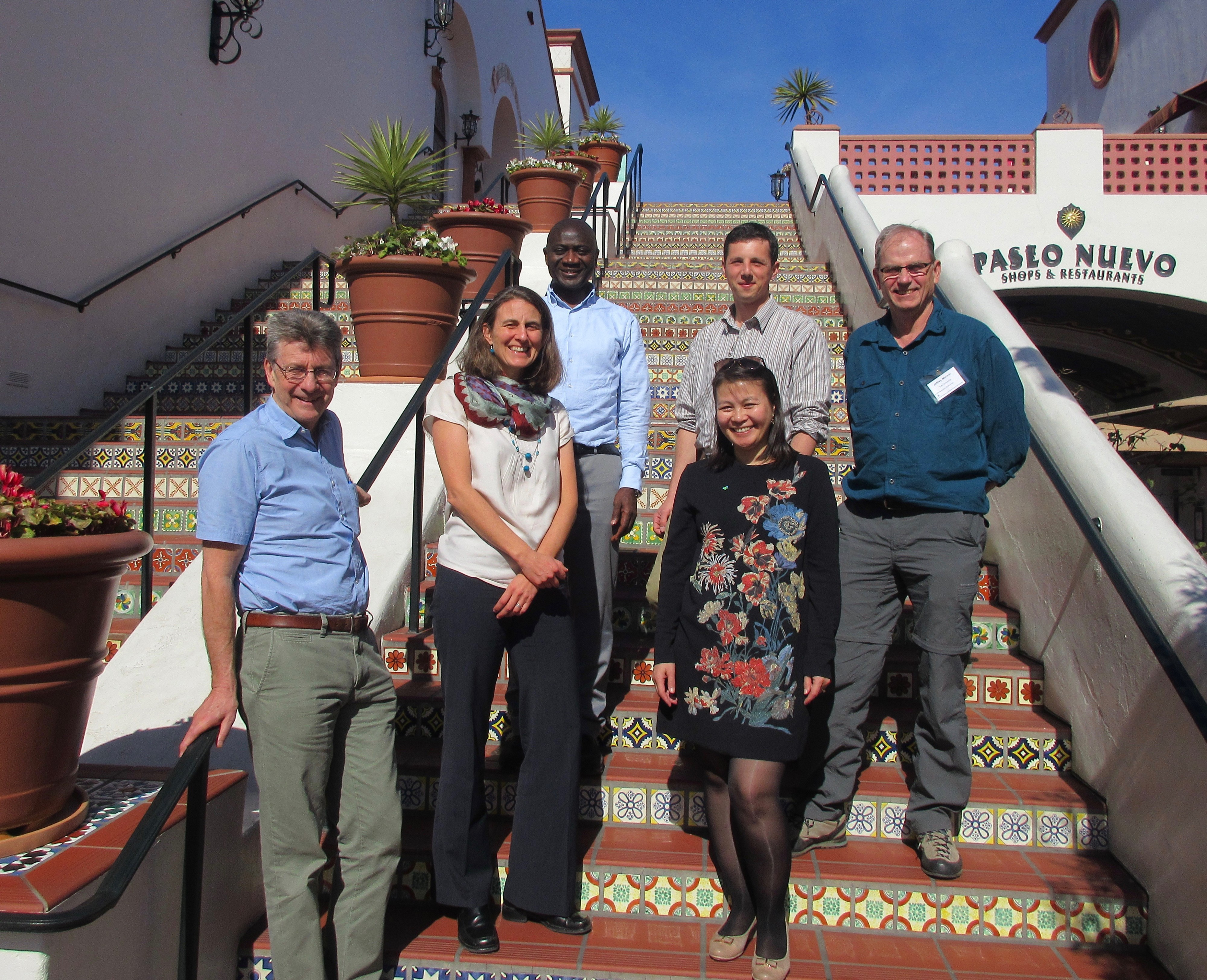SNAPP: A Bottom-Up Health Approach in Support of PPR Control in Mongolia- A Scable Model for Conserving Wildlife by Addressing Disease at the Livestock/Wildlife Interface, and Safeguarding Rural Livelihoods in Central Asia's High Elevation Grassland and M
Project Description
Infectious diseases at the livestock/wildlife interface threaten the health and well-being of wildlife, livestock, and humanpopulations, and contribute to significant economic losses in each sector. Peste des petits ruminants (PPR) is a highly contagious viral disease of wild and domestic ungulates that is spreading rapidly across the globe with devastating socio-economic losses and serious damage to the livelihoods, food security, and nutrition for millions of small-scale farmers and pastoralists. Following initial detection of outbreaks on Mongolia’s southwestern border with China, and despite Mongolia’s preparedness (including the help of FAO), PPR arrived in August 2016 and spread quickly across four provinces. Top-down interventions, coordinated through Mongolia’s centralized health agencies, included vaccination of over 10 million sheep and goats. Despite this tens of thousands of livestock died and the disease spilled over into wildlife killing over 50% of the critically endangered Mongolian saiga antelope in less than two months, significantly impacting conservation gains made over nearly 20 years. We hypothesize that a bottom-up approach based on Participatory Epidemiology could close the gaps of existing top-down actions and improve PPR control and therefore human, livestock, and wildlife welfare not only in Mongolia but also across Central Asia pastoral lands. Participatory Epidemiology could also help to rapidly detect PPR mortality in wild ungulates enabling deployment of mitigation measures to protect this valuable natural resource. This could also be scaled-up throughout dry continental Asia where millions of rural livelihoods, the largest populations of wild ungulates in the world, and their predators are now at risk. The project will compile data and knowledge from the wildlife, livestock, and animal health sectors through the proposed Participatory Epidemiology model for PPR surveillance and control in both livestock and wildlife. The working group will address the gaps and failures in current PPR surveillance and control strategies at the livestock /wildlife interface and develop a bottom-up Participatory Epidemiology method to supplement and enhance existing top-down conventional surveillance and control methods. These methods will be combined through development of smartphone-based apps facilitating access by both livestock keepers and the government officials.
The information here may be out of date, please refer to https://snappartnership.net/ for more current information.

Principal Investigator(s)
Project Dates
Start: January 1, 2018
End: December 31, 2020
completed
Participants
- Yunden Bayarjargal
- The Nature Conservancy Mongolia
- Philippe Chardonnet
- International Foundation for the Conservation of Wildlife (IGF Foundation)
- Veronique Chevalier
- French Agricultural Research Centre for International Development (CIRAD)
- Andrew P. Dobson
- Princeton University
- Amanda Fine
- Wildlife Conservation Society
- Ganchimeg Jamiyansuren Wingard
- Denver Zoo at City Park
- Richard Kock
- University of London
- Jeffrey Mariner
- Tufts University
- Jamiyankhuu Narmandakh
- Ministry of Environment and Tourism of Mongolia
- Felix Njeumi
- Food and Agricultural Organization (FAO)
- Mathieu Pruvot
- Wildlife Conservation Society
- Enkhtuvshin Shiilegdamba
- Wildlife Conservation Society
- Batsaikhan Sodnom
- General Authority for Veterinary Services
Products
-
Journal Article / 2018
PPR virus threatens wildlife conservation
-
Journal Article / 2020
Eradication of Peste des Petits Ruminants Virus and the Wildlife-Livestock Interface
-
Journal Article / 2019
Outbreak of Peste des Petits Ruminants among Critically Endangered Mongolian Saiga and Other Wild Ungulates, Mongolia, 2016-2017
